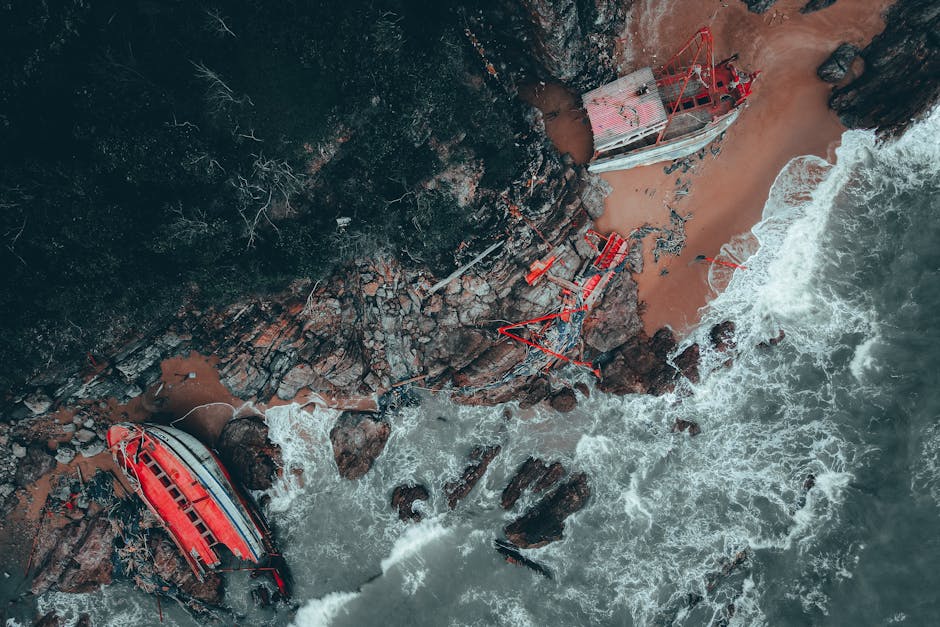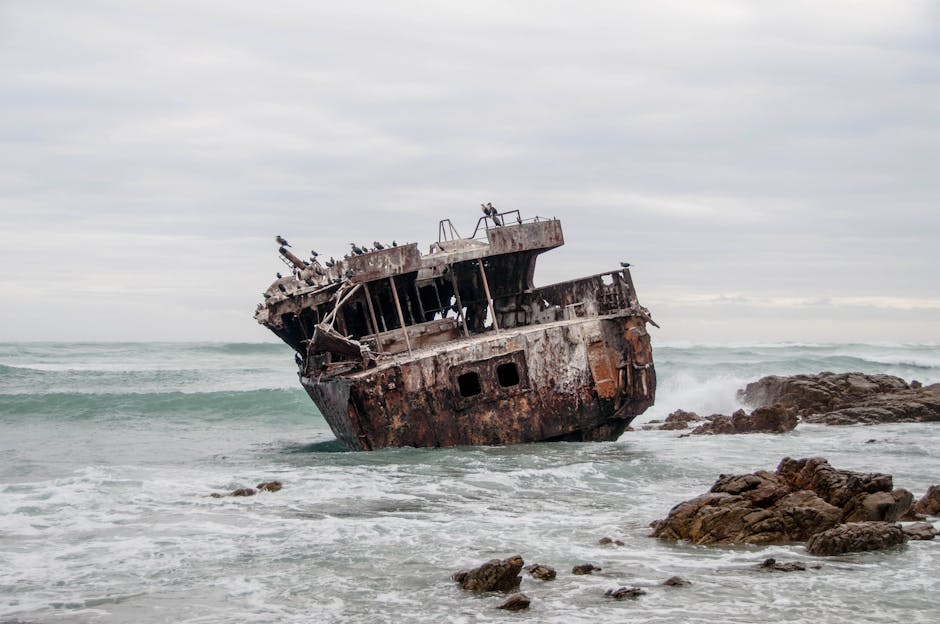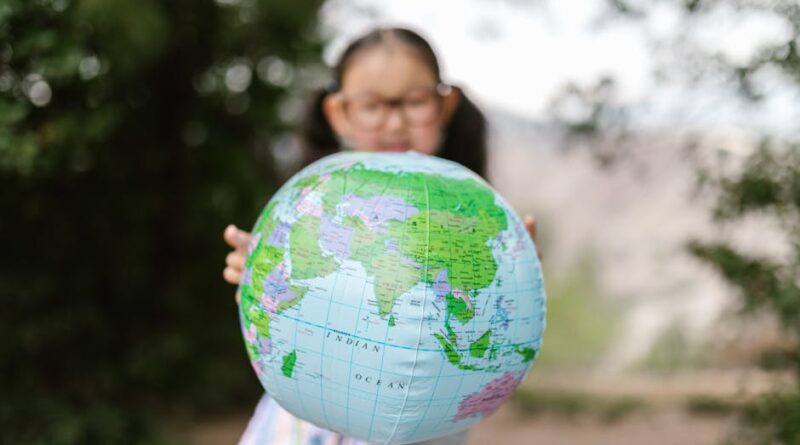Geopolitical Implications of Natural Disasters
Did you know that natural disasters can reshape countries? Earthquakes, floods, and hurricanes do not just cause immediate damage; they also have far-reaching effects on global politics. Understanding these implications can help us grasp how nations respond and adapt to calamities.
In this article, we will explore how natural disasters impact international relations, economies, and societal structures. We will also look at real-life examples to illustrate these points. Lets dive in!
What Are Natural Disasters?

Natural disasters are extreme, sudden events caused by environmental factors. They include:
- Earthquakes
- Hurricanes
- Floods
- Wildfires
- Tornadoes
These events can devastate communities, leading to loss of life and displacement. But their effects go beyond immediate chaos. Lets see how they influence geopolitics.
How Do Natural Disasters Affect Geopolitics?

Natural disasters can shift power dynamics between countries. Heres how:
- Resource Allocation: Countries often need to redirect resources to recovery efforts, which can strain budgets.
- International Aid: Affected countries might receive foreign aid, which can create alliances or dependencies.
- Migration Patterns: Disasters can lead to significant population movements, impacting neighboring nations.
Lets explore these points in detail.
Resource Allocation: Where Does the Money Go?

When a natural disaster strikes, governments must allocate funds for recovery. This often means diverting money from other essential services like education and healthcare. For instance, after Hurricane Katrina in 2005, the U.S. government spent billions on rebuilding New Orleans.
This shift can create political tension. Citizens may feel neglected in other areas, leading to unrest or dissatisfaction with leadership. This frustration can change public opinion and influence future elections.
What Role Does International Aid Play?

International aid can be a double-edged sword. On one hand, it provides much-needed assistance; on the other, it can create dependency. For example, when Haiti was devastated by an earthquake in 2010, many countries rushed to help. However, the continued reliance on foreign aid raised questions about Haiti’s sovereignty and long-term recovery.
Countries providing aid can also gain leverage. They may expect favorable trade deals or political support in return. This can shift alliances and alter global power structures. How does this work in practice?
Migration Patterns: Who Moves and Why?
Natural disasters often force people to leave their homes. This migration can change the demographics of regions and even countries. For instance, after the Syrian civil war, millions fled to neighboring countries and Europe. This influx sparked debates about immigration and national security.
Countries receiving migrants may face challenges, such as pressure on resources and public services. Conversely, countries experiencing out-migration may face brain drain, losing skilled workers who can contribute to recovery. This can weaken their economies and reduce their global standing.
Can Natural Disasters Spark Conflicts?
Yes, they can. Scarcity of resources after a disaster can lead to tensions between communities. For example, when drought hit Somalia, competition for water sources intensified conflicts between different groups. Such tensions can escalate into violence, affecting regional stability.
Experts warn that climate change is increasing the frequency and intensity of natural disasters. This means we may see more conflicts arising from these situations in the future. How can countries prepare for these challenges?
How Do Countries Prepare for Natural Disasters?
Preparation is key to minimizing the impact of natural disasters. Here are some strategies countries employ:
- Building Infrastructure: Investing in resilient infrastructure can save lives and reduce damage.
- Emergency Response Plans: Governments create plans to respond quickly when disasters strike.
- Community Awareness: Educating citizens on disaster preparedness can enhance survival rates.
For example, Japan has strict building codes and advanced warning systems for earthquakes. These measures have significantly reduced casualties during seismic events.
What About Climate Change?
Climate change is a major driver of natural disasters. Rising temperatures contribute to more intense storms and changing weather patterns. Countries are beginning to recognize this link.
International agreements, like the Paris Agreement, aim to combat climate change. These pacts seek to limit greenhouse gas emissions and encourage countries to work together. The goal is to reduce the occurrence and severity of natural disasters.
What Can We Do?
As individuals, we can also play a role. Here are some actions you can take:
- Stay Informed: Understand the risks in your area and prepare accordingly.
- Support Sustainable Practices: Advocate for policies that protect the environment.
- Volunteer: Help local organizations involved in disaster recovery efforts.
Every small step counts in building a more resilient community.
Conclusion: The Road Ahead
The geopolitical implications of natural disasters are profound. They can alter alliances, disrupt economies, and even spark conflicts. As climate change continues to impact our planet, we must be proactive in our responses.
Understanding these dynamics helps us prepare for the future. It reminds us that we are all connected, and our actions can have a ripple effect across the globe.
To learn more about how natural disasters affect nations, check out the United Nations Climate Change website. And remember, preparing for the unexpected is a shared responsibility.



